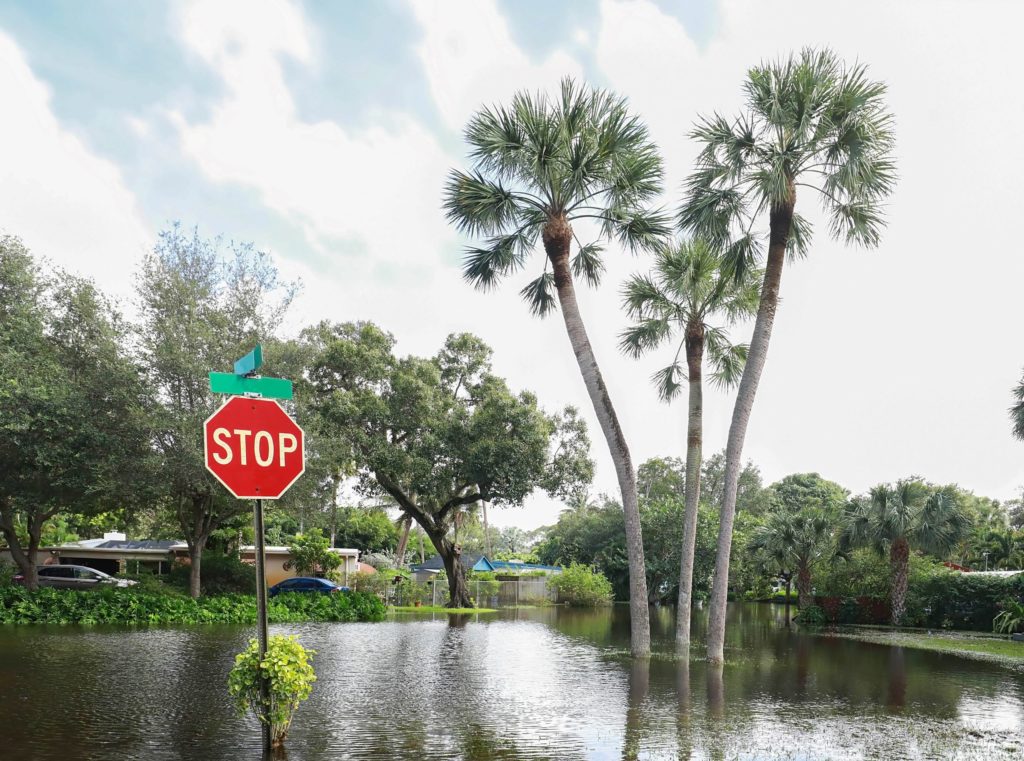Can a president lower your auto insurance bill?
This post is in response to breaking news and may be updated. To reach the author please contact pr@rstreet.org.
Earlier this week, former President Donald Trump posted on X: “Your Automobile Insurance is up 73% — VOTE FOR TRUMP, I’LL CUT THAT NUMBER IN HALF!”
While it is true that automobile insurance rates have increased, it has not happened at the dramatic rate the former president cites. Of course, with high inflation, Americans are feeling every price increase, and any financial relief would be welcome to many. But voters also deserve a clear, accurate picture of what a president can do for them. In this case, what is the real story behind price increases? And can Trump really reduce your auto insurance bill if he becomes president again?
First, the origins of the 73 percent figure are unclear. Private passenger automobile insurance rates rose by an average of 14.5 percent between 2022 and 2023. This data comes from analysis of official insurance rate change request filings presented to insurance departments in all 50 states. The largest year-over-year rate increase was 22.6 percent in April 2024. Overall auto insurance rate increases are rising, but at a declining rate. These rates were up 16.5 percent year over year in August 2024.
Numbers aside, the auto insurance industry is highly competitive, with hundreds of providers in all states. Attempts by politicians to introduce price controls could drive auto insurers out of business, leaving drivers with fewer options or worse coverage. Not to mention that such attempts are also antithetical to our free-market economy. Socialist countries have price controls; we do not.
Each state also regulates insurance differently. Individual insurance departments in all states review requests from insurers for rate changes. Decisions made by insurance regulators are based on actuarial analysis of past losses and expectations for future losses. This means a president would have to battle with 50 state insurance commissioners to reduce rates. A matchup of this magnitude is unlikely (and likely impossible).
What former President Trump forgot to include in his post are the real reasons for recent insurance rate increases: economic inflation, a shortage of skilled labor leading to increased service costs, and automobile parts that are more complicated and have more embedded technology. All of this makes cars more expensive and adds up to double-digit increases in car repair costs.
Finally, voters should remember that politicians cannot fix the economy with a tweet, and that presidents are not all-powerful when it comes to crafting or enacting public policy. We should also be grateful that social media posts do not drive automobile insurance rate change decisions.



